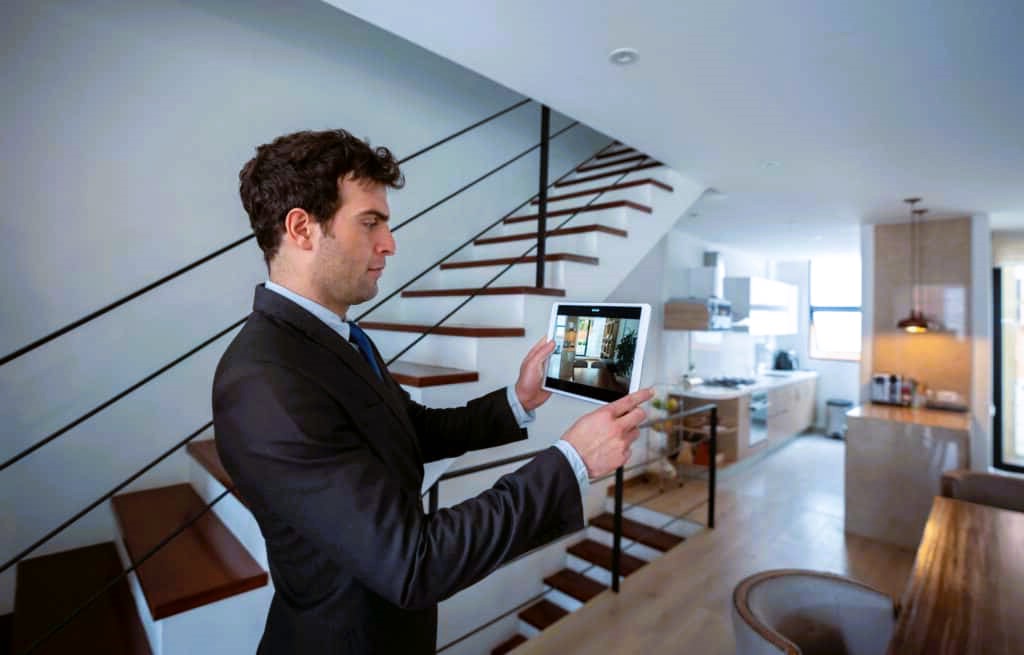The real estate industry has undergone a significant transformation in recent years, thanks to rapid advancements in technology. One of the most revolutionary changes has been the widespread adoption of virtual tours. Virtual tours have emerged as a game-changer, redefining the way properties are marketed, viewed, and sold. In this article, we will explore how virtual tours are revolutionizing the real estate market and why they have become an indispensable tool for buyers, sellers, and agents alike.
Understanding Virtual Tours
Virtual tours are immersive, 360-degree representations of a property that allow potential buyers to experience a space as if they were physically present. These tours are created using specialized cameras or software that captures images from every angle, stitching them together to form a seamless and interactive viewing experience. Virtual tours can be accessed through websites, mobile devices, and virtual reality (VR) headsets.
1. Enhanced Property Viewing Experience
Traditionally, property viewing required physical visits, which could be time-consuming and inconvenient for both buyers and sellers. Virtual tours have transformed this process, offering a virtual open house that can be accessed anytime, anywhere. Prospective buyers can now explore every corner of a property, gaining a comprehensive understanding of its layout and features without leaving their homes.

2. Increased Reach and Accessibility
Virtual tours break geographical barriers, allowing properties to reach a global audience. International buyers can now explore homes without the need for travel, broadening the potential buyer pool for sellers. Additionally, virtual tours cater to individuals with mobility issues, making the property viewing process more inclusive and accessible to all.
3. Time and Cost Efficiency
For real estate agents and sellers, virtual tours save valuable time and resources. Rather than coordinating multiple physical showings, agents can direct potential buyers to the virtual tour. This efficiency streamlines the sales process and ensures that serious buyers who visit the property are genuinely interested, reducing unnecessary foot traffic.
4. Building Trust and Transparency
Virtual tours promote transparency in the real estate transaction. Buyers can see every aspect of a property, gaining a realistic representation of its condition and layout. This fosters trust between buyers and sellers, minimizing surprises and misunderstandings during the negotiation process.
5. Virtual Staging and Customization
Virtual tours offer the flexibility of virtual staging, where rooms can be digitally furnished and decorated to showcase their full potential. This feature allows buyers to envision the space as their own, enhancing their emotional connection to the property.
6. Competitive Edge for Listings
In a competitive real estate market, listings with virtual tours stand out from the crowd. Properties featuring virtual tours attract more attention and generate higher engagement levels compared to traditional listings. As a result, virtual tours give sellers a competitive edge in attracting potential buyers.
7. Engaging Marketing Tool
Virtual tours are not only practical but also highly engaging. They capture the interest of potential buyers, encouraging them to spend more time exploring the property. The interactive nature of virtual tours creates a memorable experience, increasing the likelihood of a lasting impression. Like the article? Read also about Navigating the rental market, in an article about tips for tenants and landlords.
8. Cost-Effective for Developers
For property developers, virtual tours offer a cost-effective method of showcasing new constructions or off-plan developments. Virtual tours enable buyers to visualize the finished property, even before construction is complete, leading to more informed pre-sales and reduced marketing expenses.
9. Expanding Real Estate Agencies’ Reach
Real estate agencies can leverage virtual tours to expand their reach and client base. They can offer virtual property viewings to out-of-town buyers or investors, attracting clients from different regions or countries.

Conclusion
Virtual tours have undoubtedly revolutionized the real estate market, transforming the way properties are marketed and experienced. With their immersive and interactive nature, virtual tours provide a level of convenience, transparency, and engagement that was previously unimaginable.
As the real estate industry continues to embrace technology, virtual tours will remain a fundamental tool for buyers, sellers, and agents. Whether you’re a homebuyer looking to explore your dream property from afar or a seller seeking to showcase your listing effectively, virtual tours offer an innovative and impactful solution.
For more information on virtual tours and the latest trends in the real estate market, you can visit the Wikipedia. Embrace the virtual revolution and experience the future of real estate firsthand!


